Different Types of Structural Supports
Supports are a crucial part of your structural analysis model. It is imperative that you understand the different types of structural supports from the beginning as they have the potential to incorrectly represent your model. This can cause incorrect results that do not accurately simulate the real-life situation. This article from SkyCiv will aim to explain the different types of supports as well as their real-life examples, advantages, disadvantages as well as their allowable reactions.
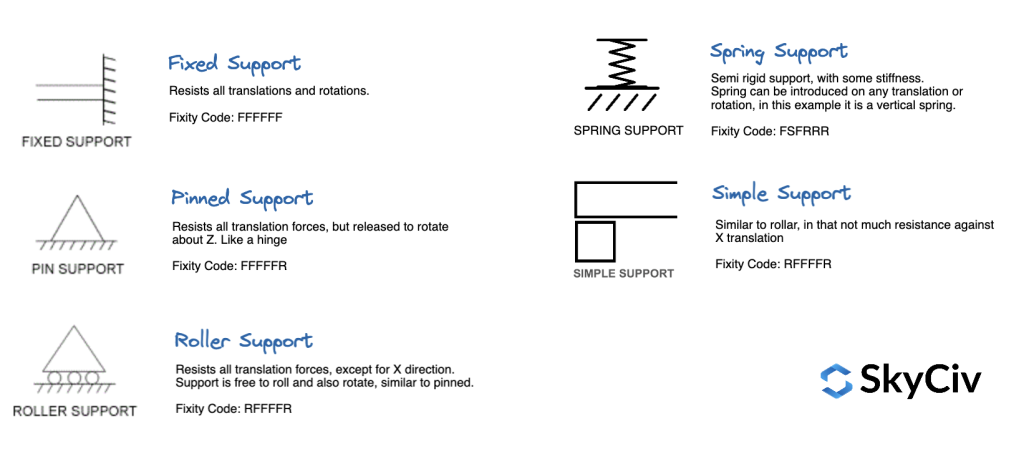
1. Fixed Support
A fixed support is the most rigid type of support or connection. It constrains the member in all translations and rotations (i.e. it cannot move or rotate in any direction). The easiest example of a fixed support would be a pole or column in concrete. The pole cannot twist, rotate or displace; it is basically restricted in all its movements at this connection.
Application: Fixed supports are extremely beneficial when you can only use a single support. The fixed support provides all the constraints necessary to ensure the structure is static. It is most widely used as the only support for a cantilever.
Limitations: Fixed supports offers absolutely no ‘give’. In a sense, its greatest advantage can also be its downfall, as sometimes a structure requires a little deflection or ‘play’ to protect other surrounding materials. For instance, as concrete continues to gain its strength it also expands. So if a support is not designed correctly the expansion could lead to a reduction in durability.
In using SkyCiv Structural 3D, and other structural analysis software, this type of support is defined by the fixity code “FFFFFF” meaning the support is Fixed (F) in all translations and rotations (i.e. it is fixed in all 6 degrees of freedom). For more information on what these codes mean, visit our article on Fixity Codes.
| Example | Graphic in Software | Fixity Code |
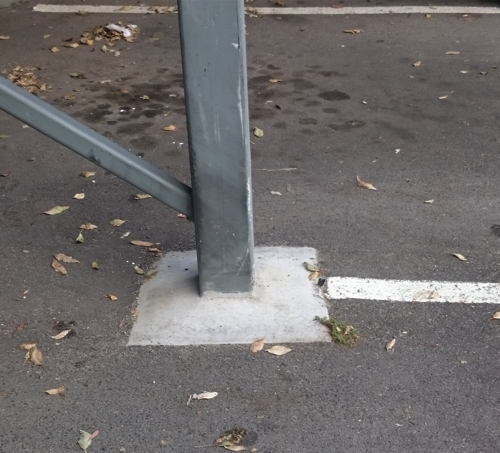 |
 |
Vertical, Horizontal, Moments
Fixity: FFFFFF |
2. Pinned Support
A pinned support is a very common type of support and is most commonly compared to a hinge in civil engineering. Like a hinge, a pinned support allows rotation to occur but no translation (i.e. it resists horizontal and vertical forces but not a moment). Think of your elbow; you are able to extend and flex the elbow (rotation) but you cannot move your forearm left to right (translation).
Application: Pinned supports can be used in trusses. By linking multiple members joined by hinge connections, the members will push against each other; inducing an axial force within the member. The benefit of this is that the members contain no internal moment forces, and can be designed according to their axial force only.
Limitations: A single pinned support can not completely restrain a structure, as you need at least two supports to resist the moment.
| Example | Graphic in Software | Fixity Code |
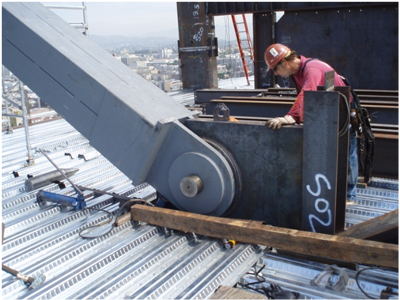 |
 |
Vertical, Horizontal
Fixity: FFFFRR |
3. Roller Support
Roller supports can resist a vertical force but not a horizontal force. A roller support or connection is free to move horizontally as there is nothing constraining it.
Application: The most common use of a roller support is in a bridge. In civil engineering, a bridge will typically contain a roller support at one end to account for vertical displacement and expansion from changes in temperature. This is required to prevent the expansion causing damage to a pinned support.
Limitations: This type of support does not resist any horizontal forces. This obviously has limitations in itself as it means the structure will require another support to resist this type of force.
| Real life Example | Graphic in Software | Fixity Code |
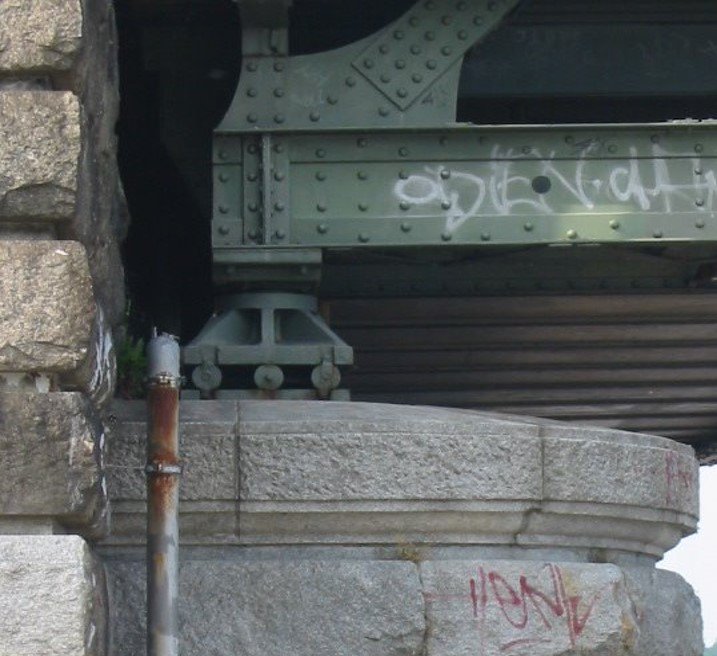 |
 |
Vertical
Fixity: RFFRRR |
4. Simple Support
A simple support is basically just where the member rests on an external structure. They are quite similar to roller supports in the sense that they are able to restrain vertical forces but not horizontal forces. The member simply rests on an external structure to which the force is transferred to. In this case, if you apply a vertical force it will not be able to support it. An example is a plank of wood resting on two concrete blocks. The plank can support any downward (vertical) force but if you apply a horizontal force, the plank will simply slide off the concrete blocks.
Simple supports aren’t widely used in real-life structures unless the engineer can be sure that the member will not translate; otherwise, they run the risk of the member simply falling off the support.
| Real life Example | Graphic in Software | Fixity Code |
 |
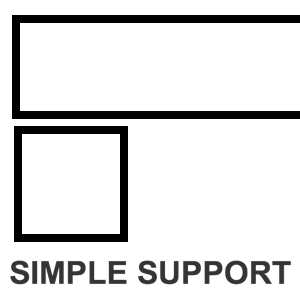 |
Vertical
Fixity: FRFFFR |
Supports are an imperative part of building your model to ensure accurate and safe results. They are not an aspect of the model that should be guessed, as it can lead to your structure not behaving in a way that you anticipated. With our SkyCiv Structural 3D membership, you can get assistance with all your modelling questions, including beam analysis calculator, column calculator, section builder, etc. Ask us about your model or design at any time and we will be happy to help!
CEO and Co-Founder of SkyCiv
BEng (Civil), BCom



